Motorola Edge (2025) review: Lookin' good, feelin' slow
Motorola's answer to the Pixel 9a and the iPhone 16e stuns with its design and decent battery life, but falls short in the most essential area.
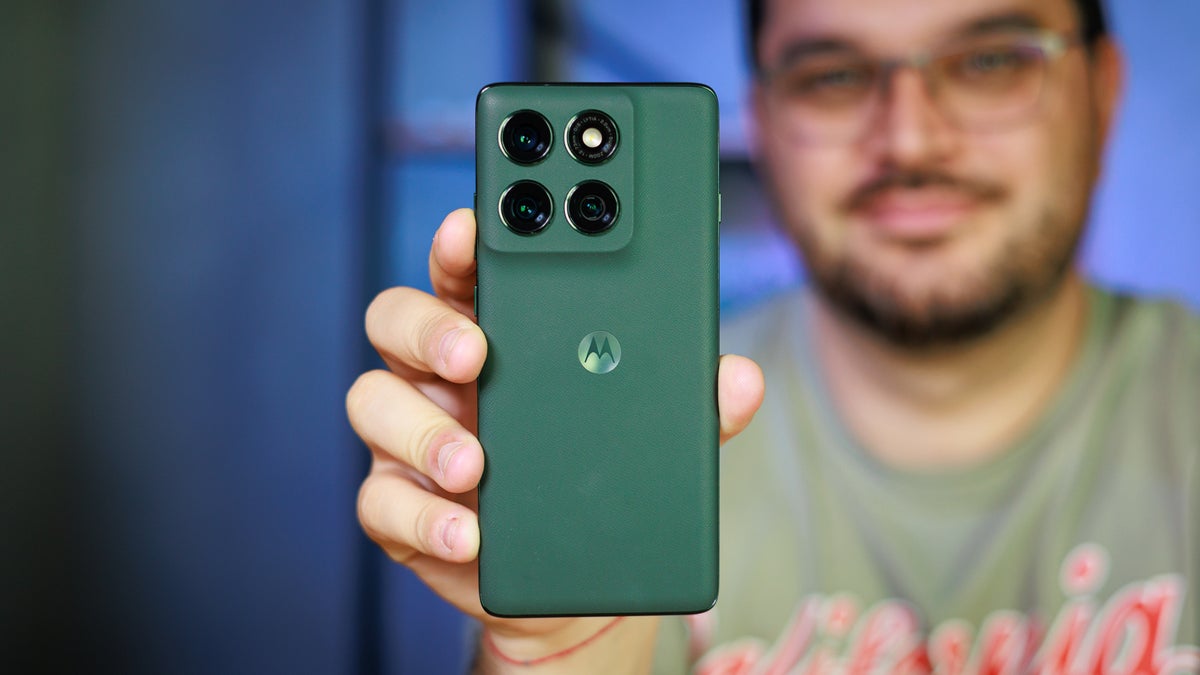
Motorola Edge (2025) Intro
The new Motorola Edge (2025) is the latest challenger to chip away a portion of the US the mid-range market, and honestly, it's been a while since I saw a better-looking device vying for the honors.
With its fairly humble specs, but super-decent design language, the newest Moto Edge looks great and is good value for money, thanks to the super-appealing $550 price tag. In comparison with its predecessor, it scores one extra camera, gains a dedicated key to access trendy AI features, and retains the exquisite design, but also boasts an unimpressive chipset.
A recipe for success or a disaster?
With a score of 6, the Moto Edge is a middle-of-the-road phone. It scores high in design, but fails to make a stand in any other area, delivering okay results in terms of battery life and image quality, but disappoints in terms of performance.
Also read:
- Motorola Edge (2025) vs Motorola Edge (2024): Is the new Edge a hit or a miss?
- Motorola Edge (2025) vs Google Pixel 9a: Is a stunning design worth the trade-offs?
Motorola Edge (2025) Specs
Decent hardware for the price
Inside the Moto Edge (2025), you will find the following hardware:
| Motorola Edge (2025) | Motorola Edge (2024) |
|---|---|
| Size and Weight 161.2 x 73.1 x 8 mm 181 gr | Size and Weight 159.6 x 72 x 8.1 mm 174 gr |
| Display 6.7-inch FHD+ pOLED 120Hz LTPS refresh rate | Display 6.6-inch FHD+ pOLED 144Hz |
| Processor MediaTek Dimensity 7400 4nm | Processor Snapdragon 7s Gen 2 4nm |
| Memory & storage 8GB RAM 256GB | Memory & storage 8GB RAM 256GB |
| Software Android 15 | Software Android 15 |
| Cameras 50MP F1.8 LYT-700C 1/1.56" wide 50MP F2.0 ultrawide 10MP F2.0 3X optical zoom telephoto 50MP F1.9 front | Cameras 50MP F1.8 1/1.5" wide 13MP F2.2 ultrawide 32MP front |
| Battery Size 5200 mAh | Battery Size 5000 mAh |
| Charging Speeds 68W wired 15 wireless | Charging Speeds 68W wired 15W wireless |
| Prices $550 | Prices $550 |
Motorola Edge (2025) Design and Display
Wow, a stunner!
The Moto Edge (2025) looks great, and that's not a subjective opinion––it's a fact!
Displaying the best of the Motorola design language is a device that feels extremely sleek and well-made, with a dual-curved display on the front and towards the back, which is definitely an endangered style too close to extinction.
Paired with the very manageable heft of the phone, I was instantly reminded of one of my all-time favorite phones, a true classic, the Samsung Galaxy S8. Take that as a compliment, Moto.
Materials-wise, it's all smart here. We have curved Gorilla Glass 7i at the front and a fairly soft vegan leather, quad-curved back that feels great to the touch and provides a decent amount of grip, which is paramount with such a large but at the same time fairly lightweight device.
There's one custom AI Key on the left-hand side of the phone, and just as the name implies, it's used to quickly access the on-board Motorola AI features. Nifty and useful. It used to be a Quick Button on the previous model, and you could map different apps to it, but you can't do that here.
The phone is currently available in just a single green color, called Deep Forest, but that's okay: it's a stunning and very classy Pantone-validated hue that I couldn't get enough of.
Paired with the very manageable heft of the phone, I was instantly reminded of one of my all-time favorite phones, a true classic, the Samsung Galaxy S8. Take that as a compliment, Moto.
Materials-wise, it's all smart here. We have curved Gorilla Glass 7i at the front and a fairly soft vegan leather, quad-curved back that feels great to the touch and provides a decent amount of grip, which is paramount with such a large but at the same time fairly lightweight device.
There's one custom AI Key on the left-hand side of the phone, and just as the name implies, it's used to quickly access the on-board Motorola AI features. Nifty and useful. It used to be a Quick Button on the previous model, and you could map different apps to it, but you can't do that here.
While the phone gives off a frail vibe, it's anything but. Aside from boasting the two highest water- and dust-resistance certifications around, IP68 and IP69. This Motorola is also shock-proof with the MIL-STD-810H rating, so it could take a serious beating.
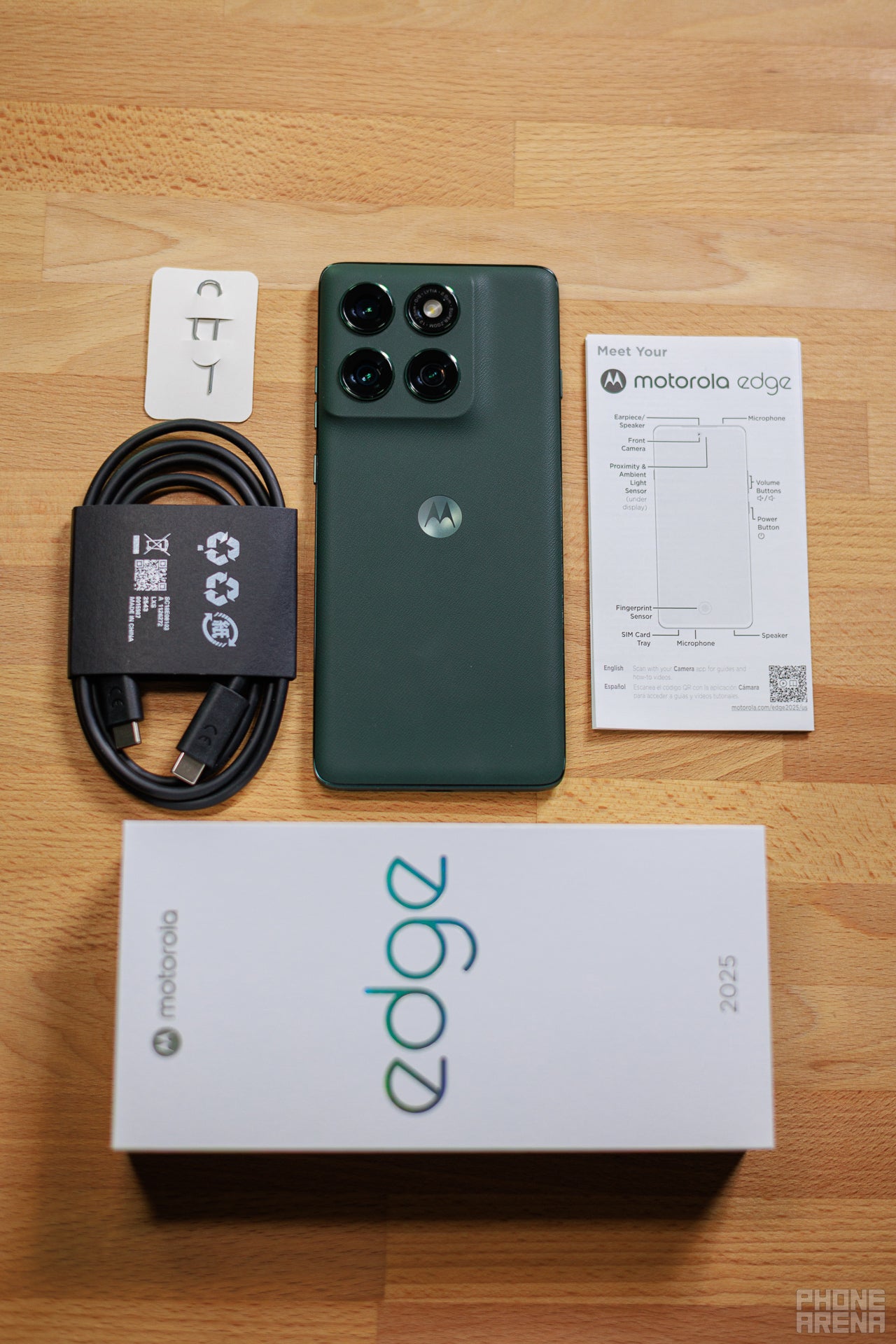
No charger here (Image by PhoneArena)
Inside the box, you wouldn't find anything else except for the phone itself, as well as:
- USB-C cable
- SIM ejector tool
- manuals and booklets.
Up front, the phone boasts a 6.7-inch OLED screen with a decent FHD+ resolution and up to 120Hz refresh rate. It's HDR-compliant and covers 100% of the DCI-P3 color palette, which ensures colors will look great.
However, the curved design of the display introduces a problem that most other phones have eliminated: screen reflections. Yes, the pronounced glass edge on the screen's curve deliver some pretty strong reflections from any nearby light sources. I don't like that, as reflections are nothing to be excited about when using a phone in 2025.
We measured a peak brightness of around 1,400 nits, which isn't terribly high but okay for outdoor legibility. Would have been more than enough if the phone boasted an anti-reflective coating like on the Galaxy S25 Ultra, but it's a $550 phone, after all. Other than that, the display has good color accuracy and is quite smooth.
There's an in-display fingerprint scanner, which isn't the fastest I've used, but isn't too slow either. It's also fairly accurate if you nail a correct positioning of your finger. Picture-based face recognition is there to save the day, too.
The Motorola Edge (2025) comes with a 50MP main camera, a 50MP ultrawide, and a 10MP telephoto with 3X optical zoom. Up front, we get another 50MP camera. Honestly, that's a pretty decent hardware setup for a $550 phone!
However, the software is a bit too aggressive and chips away from the overall image quality here, but still, the Motorola Edge (2025) manages to score a pretty decent camera score in our in-house test. The latter is a standardized test that aims to gauge the capabilities of phone cameras in a slew of predetermined and controlled scenes. You can see all the results we've accrued over the years in our dedicated hub right here.
The two areas in which the main camera of the phone struggles are detail and dynamic range. While most images are artificially oversharpened, they lack fine details and often give off an artificial look that's not great.
We can only say good things about the telephoto camera: it's actually very decent and delivers decent sharpness at both shorter and longer distances. There's some oversharpening here as well, sadly.
The ultrawide camera is… fine. Vivid colors and good dynamics, but the oversharpening is an issue here as well. The front camera is okay, but it also tends to overprocess the image, leading to loss of fine details.
Moto Edge (2025) camera samples
Video Quality

The phone can take 4K videos at either 30 or 60fps, but once you start taking 4K footage, you can't switch between the main and the ultrawide camera, so you're only left with digital zoom in this mode. Tone things down to 1080p quality, and you can pretty much switch between all modes and cameras while taking a video, but at the expense of shooting in 1080p quality…
Other than that, videos don't really shine with anything in particular, all things considered. The Pixel 9a takes slightly better videos and is more flexible at higher quality, but the Moto isn't that bad in comparison once you know its limitations.
Motorola Edge (2025) Performance & Benchmarks
Temper your expectations

Lackluster (Image by PhoneArena)
Coming in hot with the 4nm MediaTek Dimensity 7400 chipset, the Motorola Edge (2025) is anything but a high-performing monster. To say it bluntly, don't get this one if you're a power user or a gamer: the humble chipset leads to average performance results, which is relatively normal to expect of a phone that goes for $550.
But for real-life, general usage, I fail to see why this one shouldn't be sufficient. Sure, it might reload apps if you juggle between one too many at the same time, and you'd have to wait an extra second or two when using heavier apps, but for regular social media use this phone is perfectly okay.
CPU Performance Benchmarks:
Still, our in-house test showcase the performance you should expect here: worse than the Pixel 9a and the Galaxy A56 in the Geekbench 6 tests, and totally decimated by the iPhone 16e which is just $50 more, so technically in the same price bracket.
GPU Performance
As we already mentioned, the graphics performance isn't too hot either: all rivals dominate the latest Moto Edge in the 3DMark stress test, which is quite indicative of its potential as a gaming phone.
The phone is available in a single version with 8GB of RAM and some 256GB of slow UFS 2.2 on-board storage. By reserving some of that storage to function as hot swap, the phone can make use of some extra gigabytes of memory, which is nice but doesn't really improve the overall performance.
Motorola Edge (2025) Software
Motorola's fairly stock-ish take on Android 15 is making the rounds here. It's quite similar to what you'd get on a Pixel if you can look past the minor visual changes, like the bolder text in most menus.
Useful features like Motorola's Moto Actions are here, as is tradition. One of my favorite gestures on any phone is the one that lets you open the camera by quickly twisting your hand with the phone, it's wacky and fun.
In terms of AI, the Moto Edge is well-endowed. Pressing the dedicated hardware AI key on the left side of the phone opens a contextual menu with relevant Moto AI actions. All those are powered by Perplexity AI, which is one of the better third-party alternatives to Gemini and ChatGPT.
You have access to features like Smart Connect, which lets you effortlessly and intuitively share content to smart TVs. Moto AI also automatically tags your photos and screenshots in the background so that you can quickly find what you're looking for, You can also generate images, use Moto AI to catch you up, and also explore whatever is on your screen with Perplexity.
Of course, if you're a fan of Google's Gemini, you can absolutely use that AI assistant as well. Gemini Live, Circle to Search, you name it––it's all here.
Motorola Edge (2025) Battery
Decent, but not great
There's a massive 5,200mAh battery inside the sleek body of the Moto Edge, and the pairing with the MediaTek chip seems to be mostly a success story.
Although the phone isn't a proper battery champ by any means, it's fairly decent. It scores an aggregated six hours and 45 minutes in our battery life estimate.
In our browsing test, which emulates a standard browsing workflow with the screen set at 200 nits of brightness, the phone achieves a decent result of roughly 16 hours, which is lower than its rivals. However, it makes it up in the video streaming test, where the Moto Edge (2025) beats the Galaxy A56 and the iPhone 16e, but loses to the Pixel 9a. Finally, our 3D gaming test puts the Moto Edge in the middle of the road, beating the iPhone once again, but massively losing to the Pixel 9a once again.
PhoneArena Battery Test Results:
In terms of charging, the device supports up to 68W of wired charging, which is plenty fast for a phone in that price range. It takes just 53 minutes for a full charge, which is significantly faster than all of its rivals.
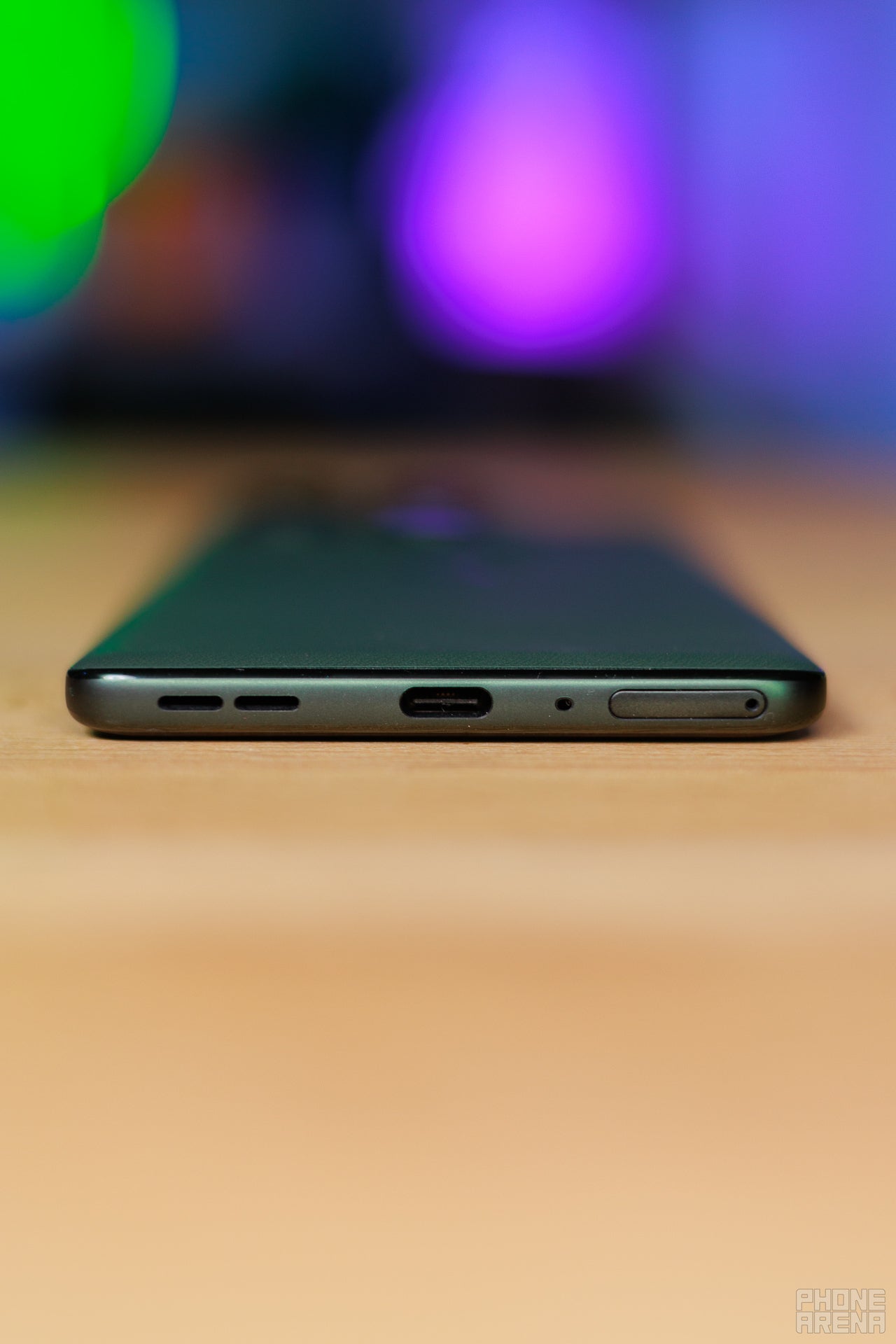
USB-C reporting for duty (Image by PhoneArena)
There's wireless charging on board, too, maxing out at the standard 15W of charging power.
Motorola Edge (2025) Audio Quality and Haptics
Outfitted with dual stereo speakers, the Moto Edge delivers decent sound. It's a fairly loud phone, with the typical for Motorola dominating the mid-range. However, the bass is lacking, so you will have no issue when listening to podcasts or watching TikTok, but listening to music might not be the absolute best experience here.
Haptics are precise, but not particularly strong. The feedback is pleasing, even though it's more of a high-pitched vibration and not a strong haptic click.
Should you buy it?

Would have been great with slightly better performance (Image by PhoneArena)
Well, at $550 and with 256GB of storage, this mid-ranger is a great value, provided that you are aware of its shortcomings before you set out to get it.
Its design is absolutely lovely, it is an absolute catwalk star; I like it a lot. The battery life and the camera are fairly decent; photos aren't masterpieces and the phone will hardly last two days, but on the other hand, you will get decent photos and predictable battery life. The biggest offender with this phone is the performance, which is simply lacking.
In the same price bracket, do consider the Pixel 9a, which goes for $499, has better battery life, performance, and camera at the expense of an uglier design and a 128GB starting memory. The iPhone 16e costs $599, has much better performance and most bells and whistles of the Apple ecosystem, but only a single camera and also starts with 128GB of storage.
To get either one of those with 256GB of storage, you will have to pay more: $599 for the Pixel 9a and $699 for the iPhone.
Should you get it? Short-list it, but consider your alternatives carefully.
Follow us on Google News

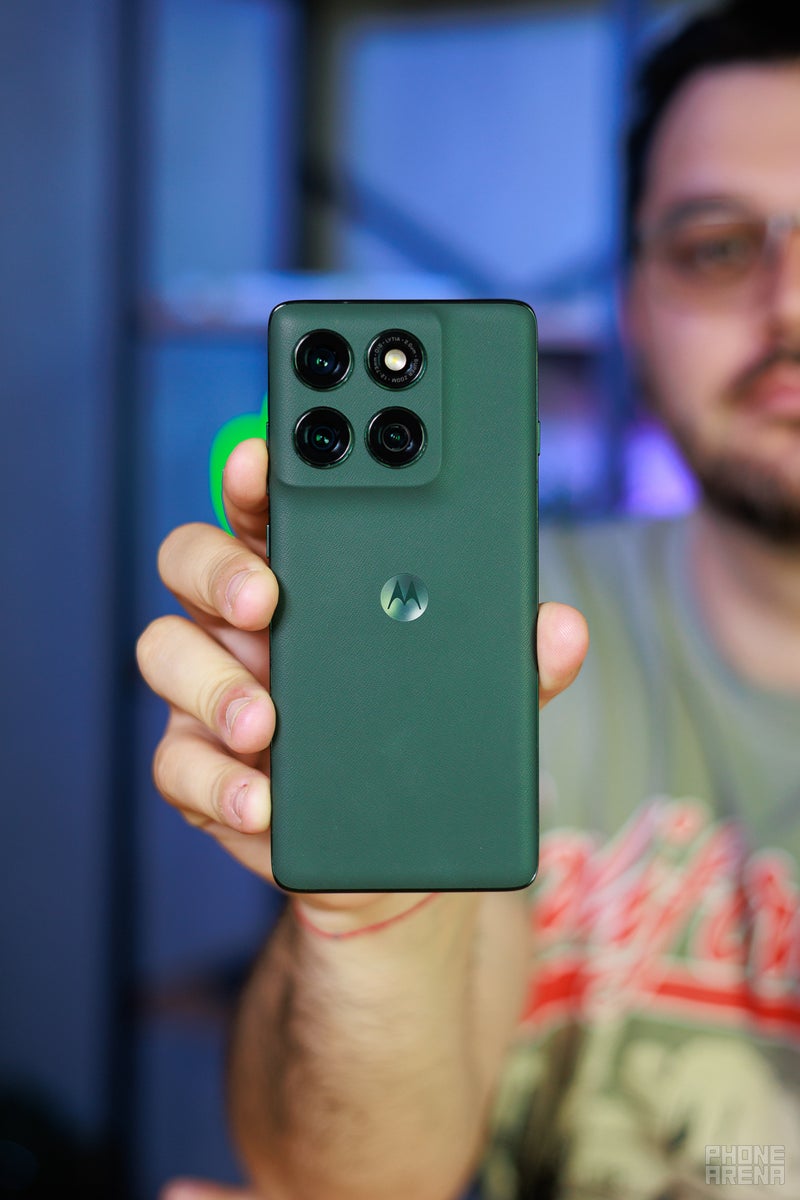
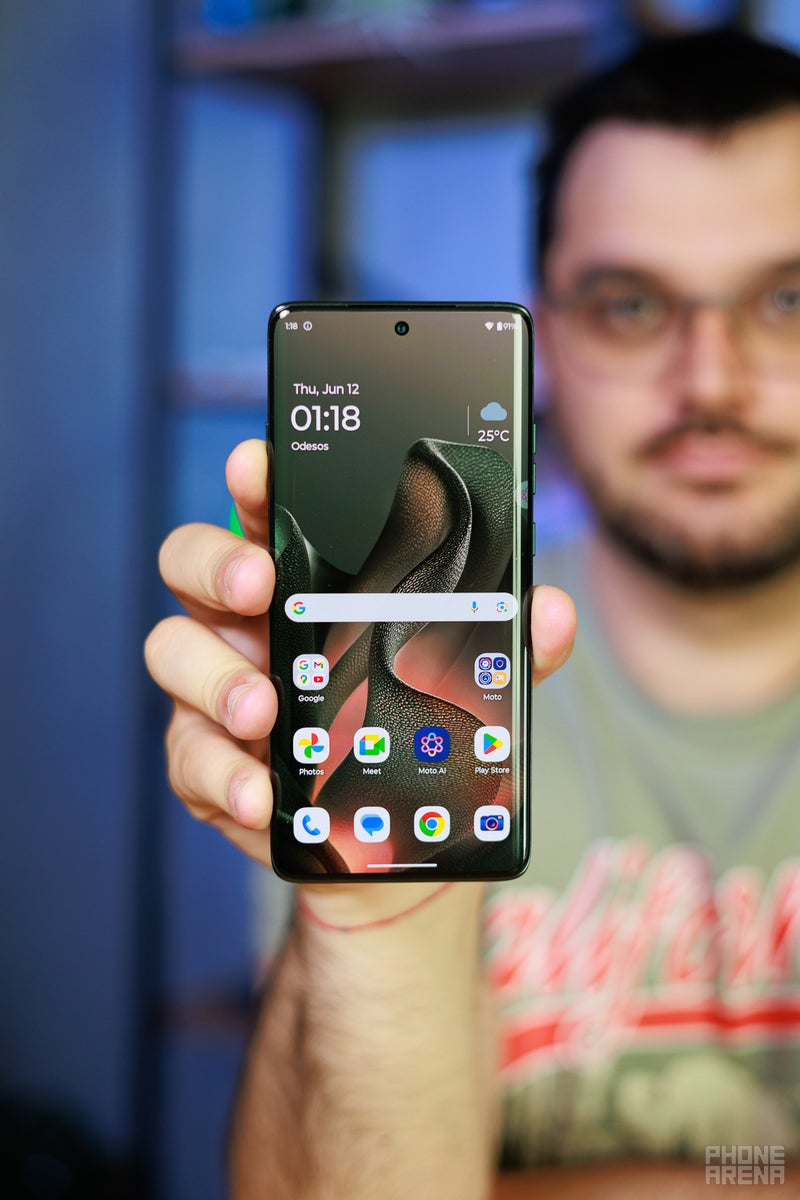


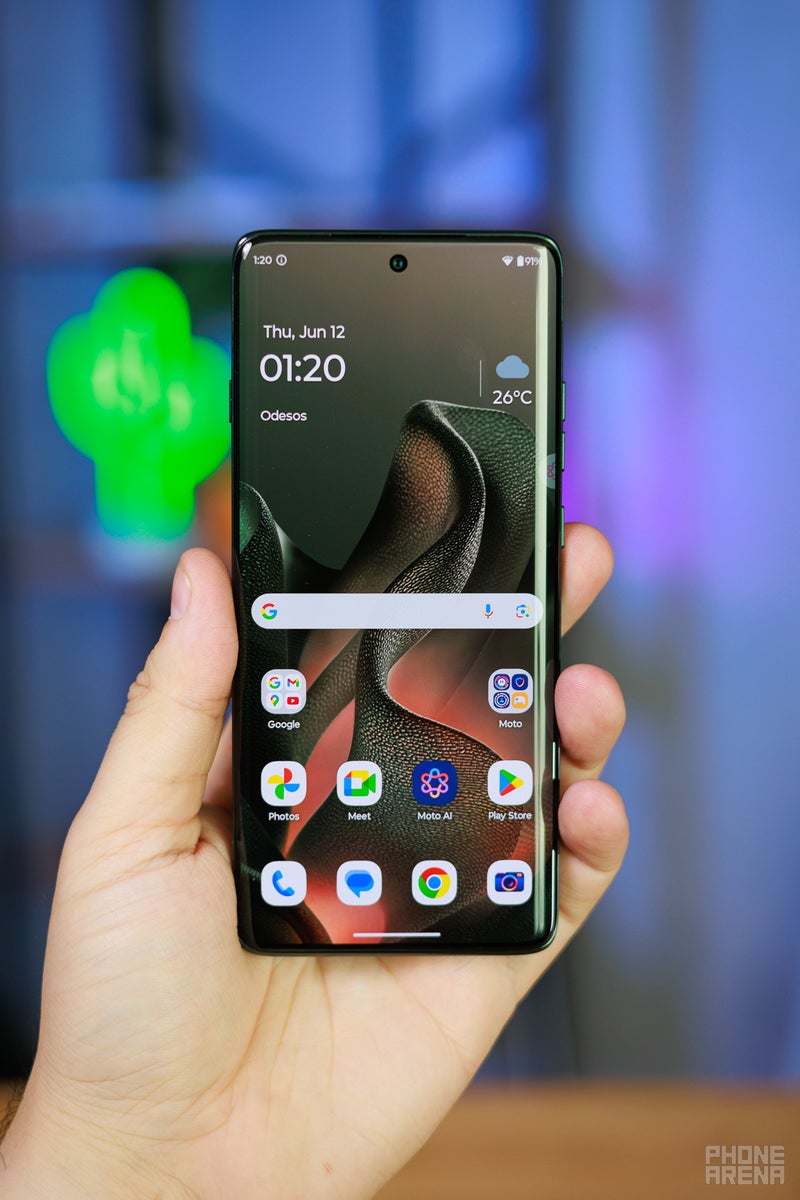

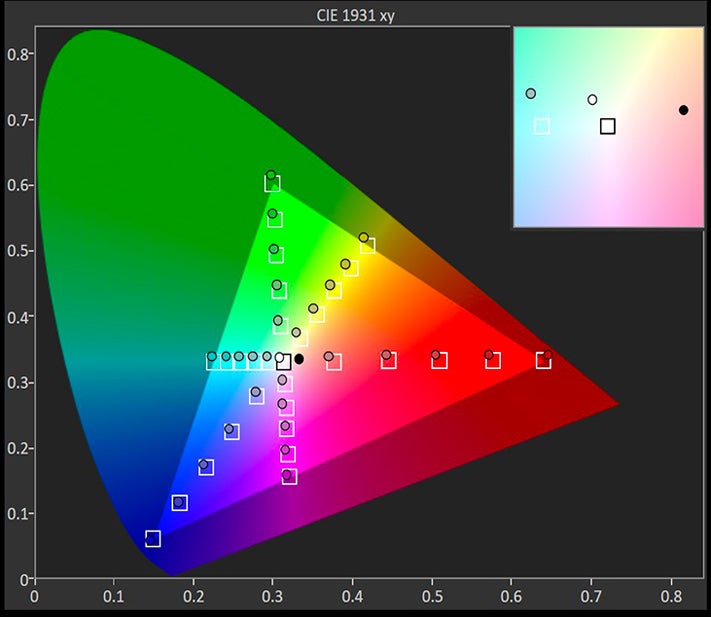











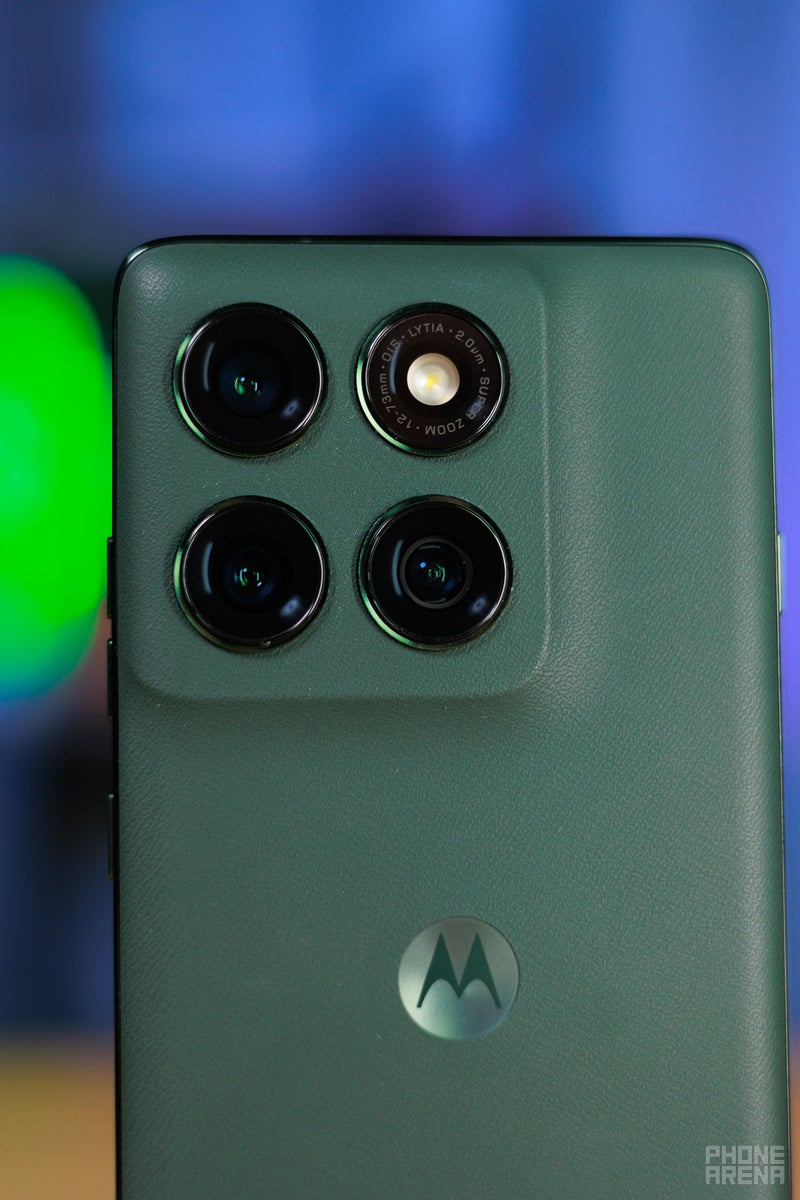
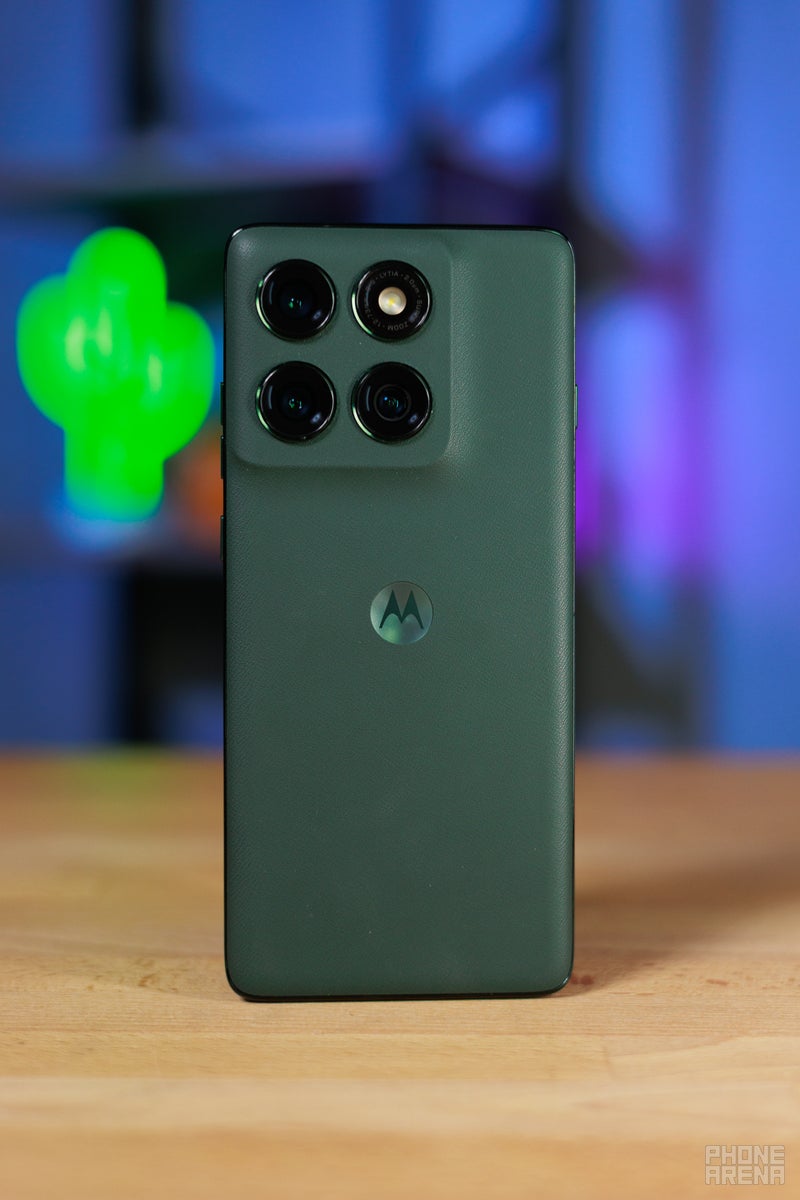
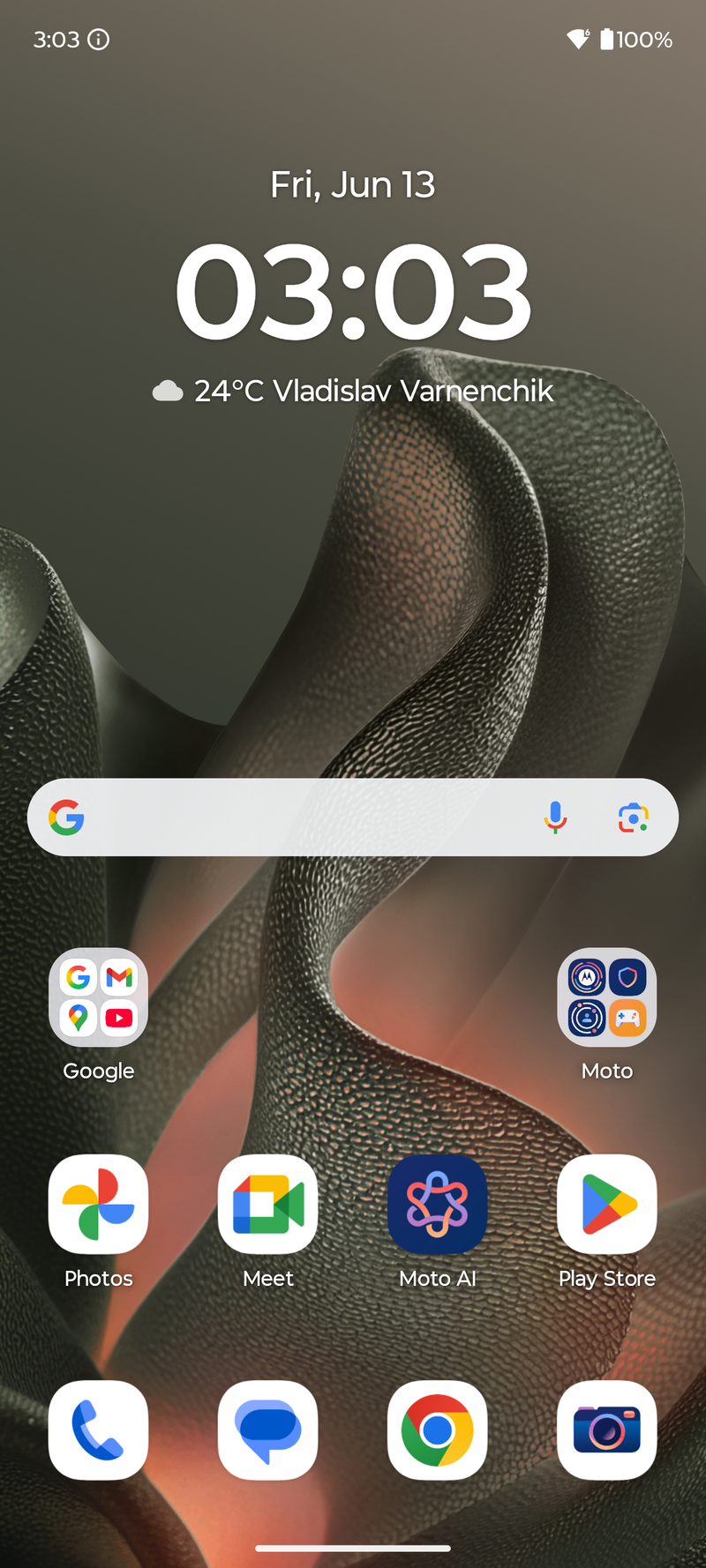

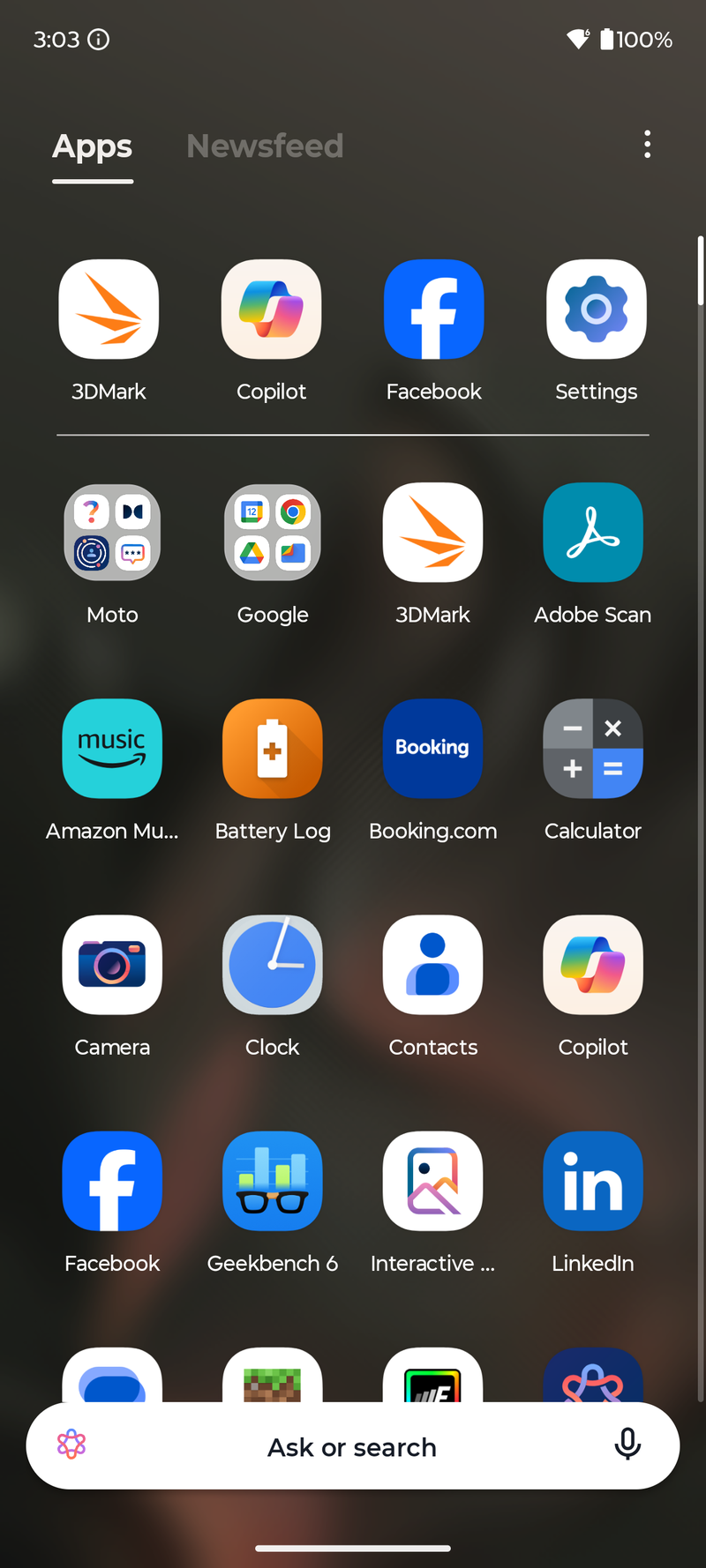
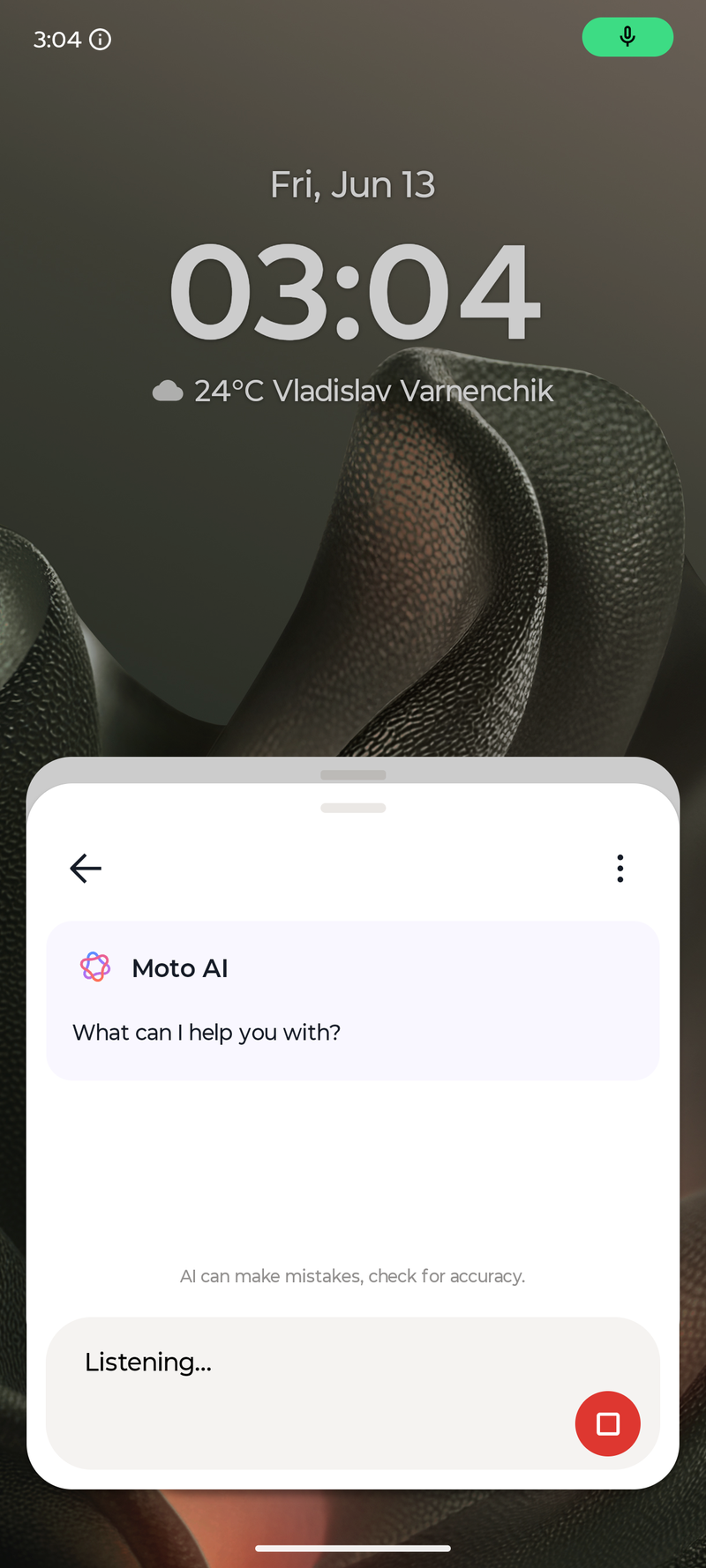
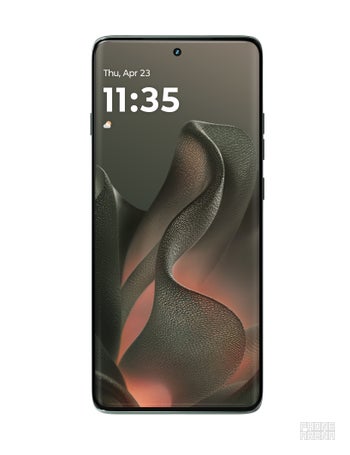

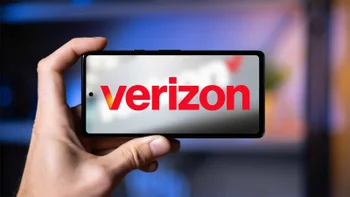
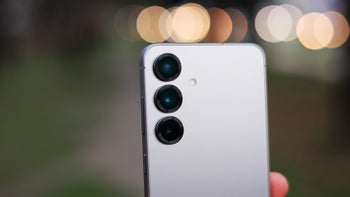
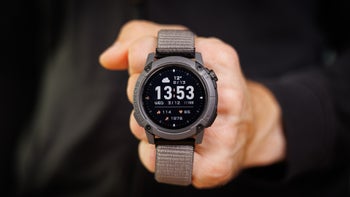
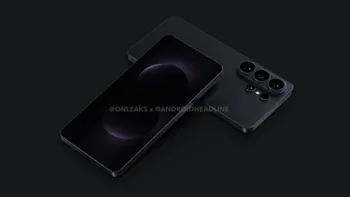







Things that are NOT allowed:
To help keep our community safe and free from spam, we apply temporary limits to newly created accounts: